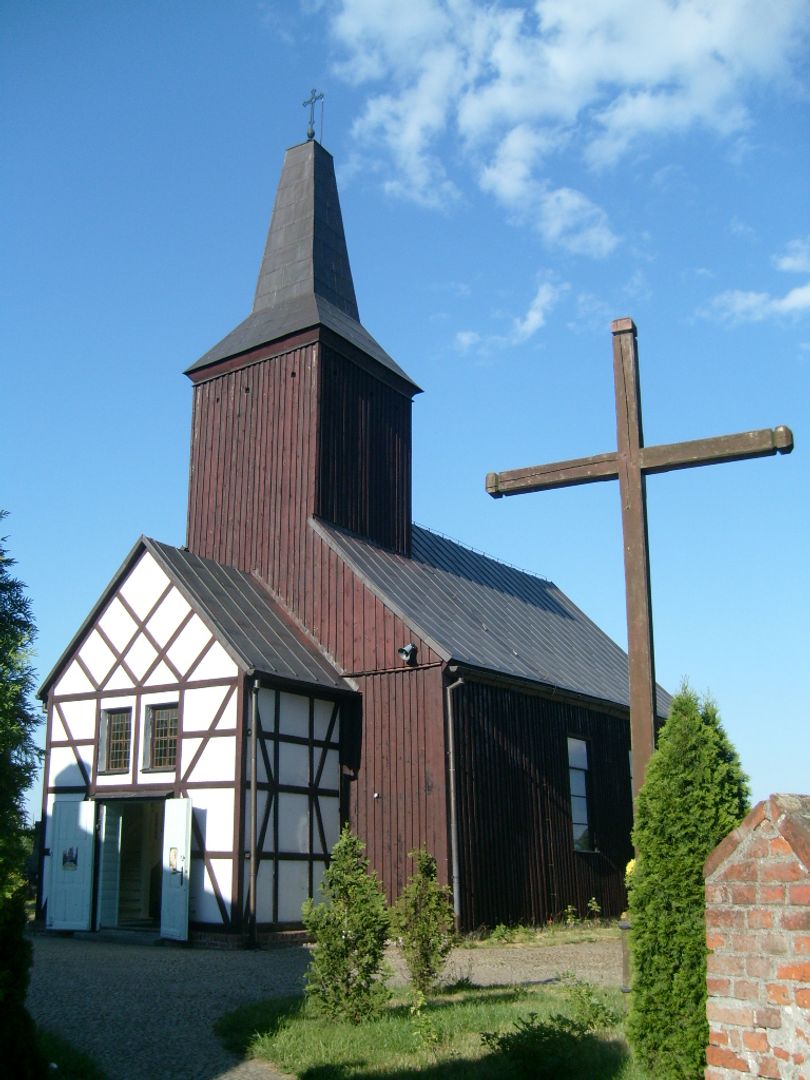Hawk
6.67

Overview
Jastrzębie is a village located in the Kuyavian-Pomeranian Voivodeship, in Brodnica County, within the administrative district of Bartniczka. In a historical context, Jastrzębie dates back to the first half of the 13th century, and its name derives from the local inhabitants' practice of breeding hawks. The village features a wooden church from 1821, founded by parish priest Grzegorz Mioduski, with the original wooden churches dating back to 1618 and 1682. The church, surrounded by a burial cemetery with historic tombstones, is characterized by its rich furnishings, including a polychromed main altar and stained-glass windows designed by Stanisław Powalisz. The Parish of the Visitation of the Blessed Virgin Mary, established in the 14th century, came under the rule of the bishops of Płock and witnessed many historical events, including the support of local residents for national uprisings. World War II brought Nazi terror, and after the war, the situation did not improve, as many locals perished in Stalinist repressions. Jastrzębie is also a village with educational traditions, where schools have existed since the 19th century, including an elementary school opened in 1964. The locality has a diverse economic structure, with a significant share of agriculture and the presence of companies with German capital, which has contributed to low unemployment. Jastrzębie has also preserved wooden cottages and other elements of local architecture, including a 19th-century inn and a Caravaca cross from 1946, believed to protect the village from plagues. Jastrzębie is a place with a rich history, strong cultural traditions, and a community committed to actions aimed at protecting Polish identity.
Location
2025 Wizytor | All Rights Reserved